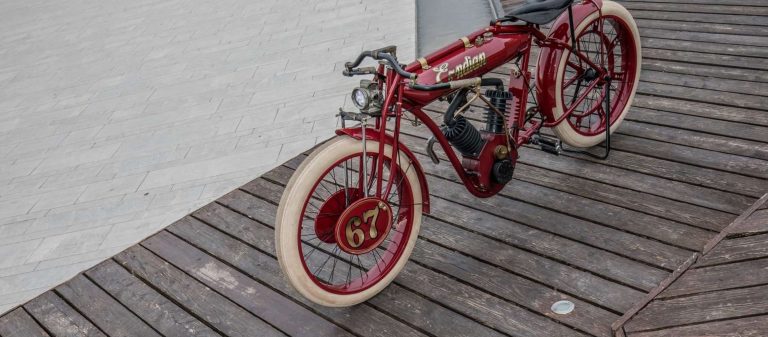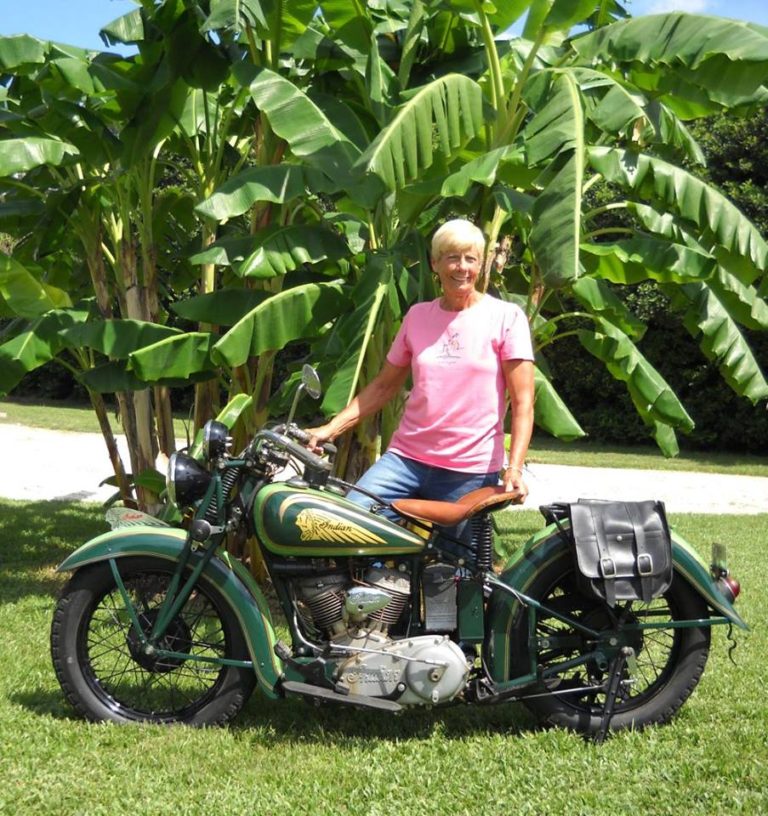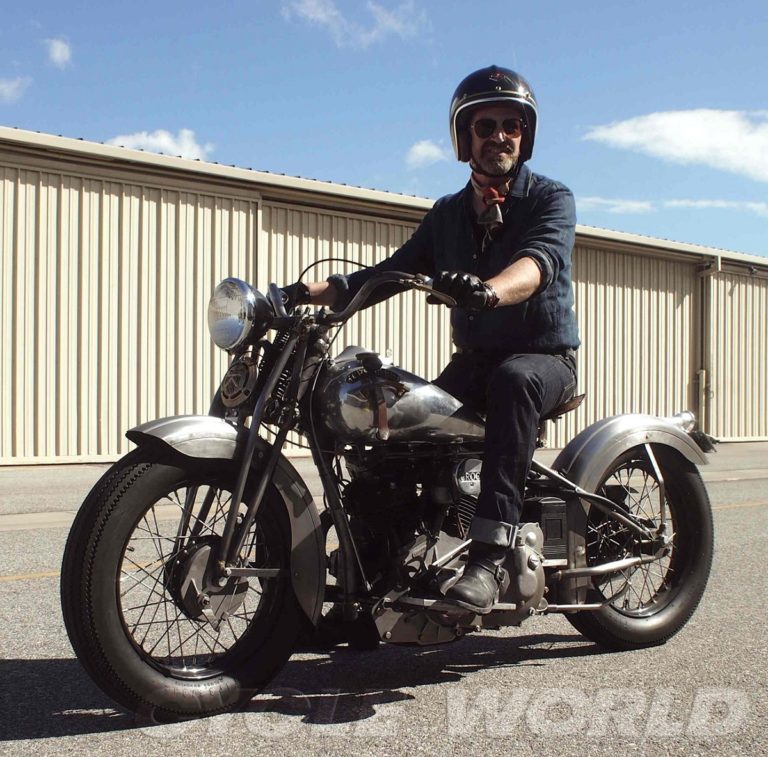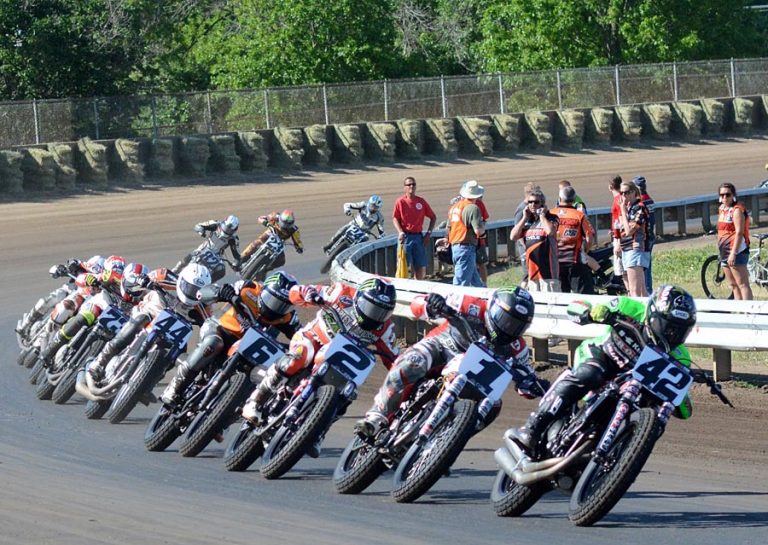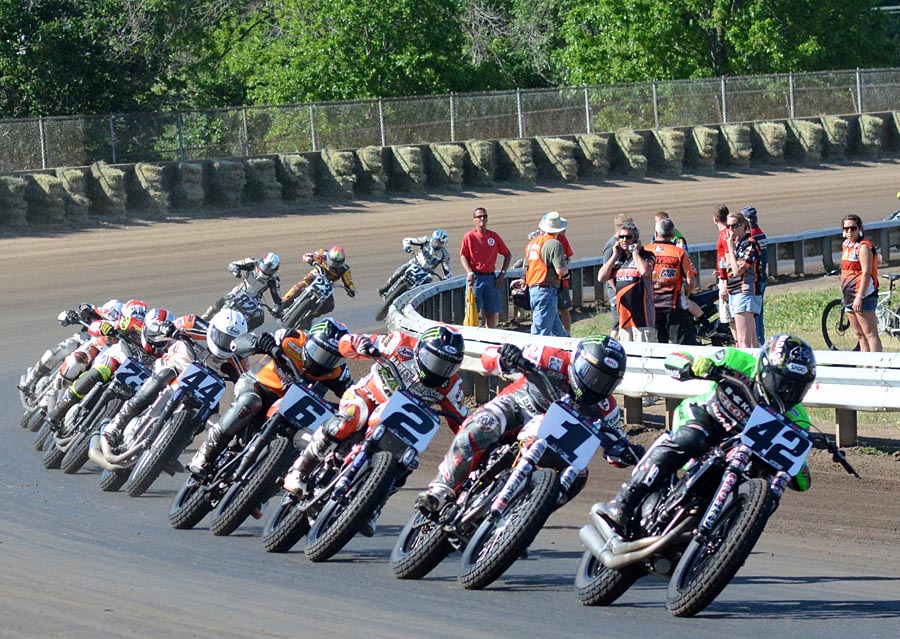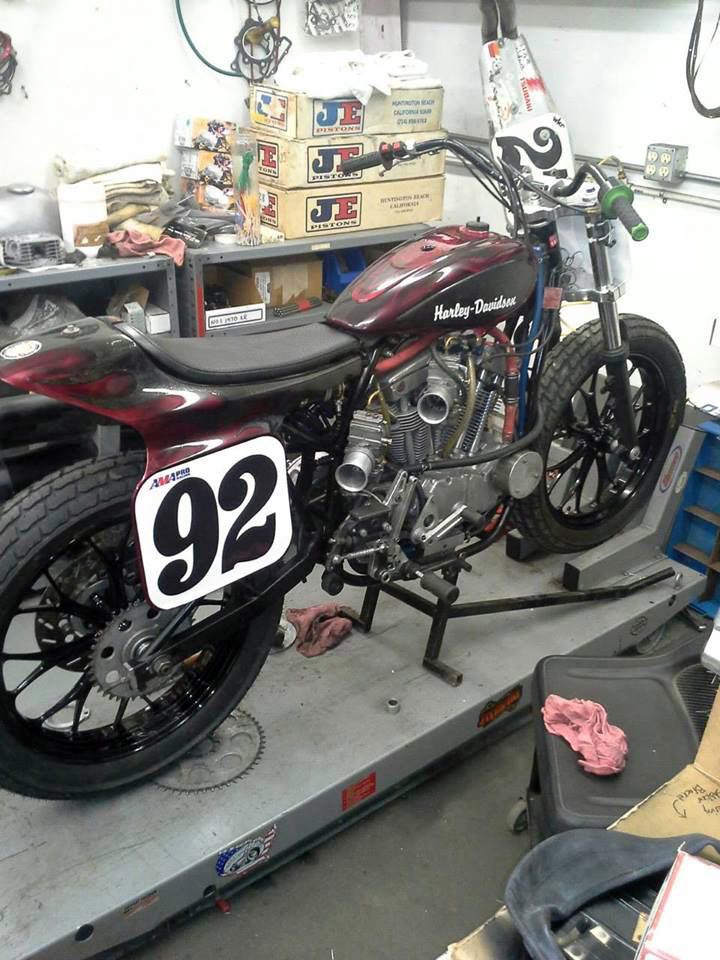Don’t despair, though: it never was a real Indian.
Often e-bike builds start with a cheap mass production bike, or a pre-existing but aftermarket frame, and the electric motor gets stuffed into a rear hub. This bike is a bit different.
There will always be cafe builds that people disagree with. Lots of people have emotional attachments to certain motorcycles, and when a builder cuts up something rare to turn it into a bobber or a cafe project sometimes the reactions get… a bit extreme.
On that note, I present to you the E-ndian – a 1916 Powerplus Flathead which, if it were actually a Powerplus Flathead, would have the brand faithful absolutely and thoroughly wadded up.
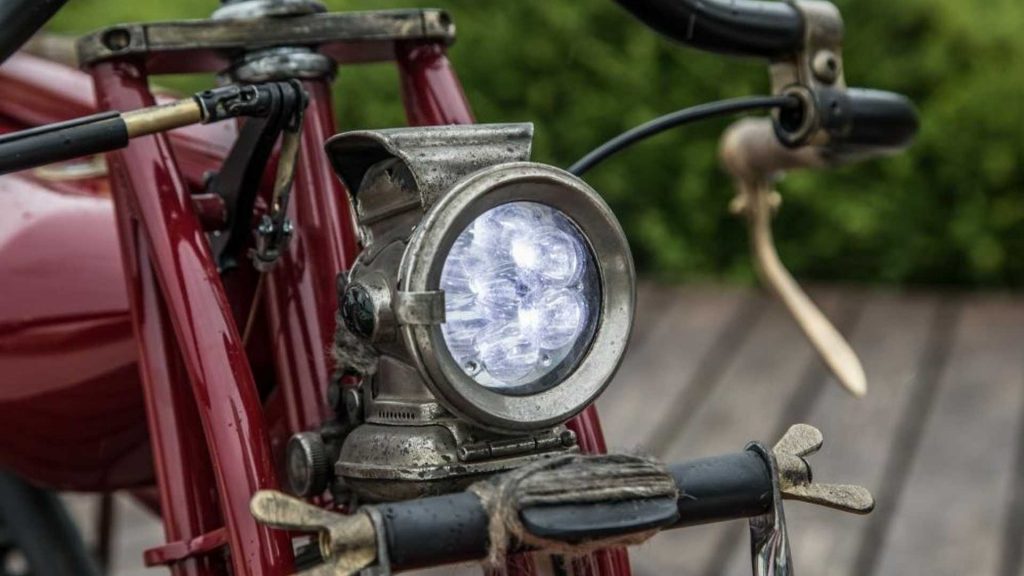
Good news: not only was no part of this bike ever an actual Indian, no part of this bike was ever actually a motorcycle. It’s a ground-up custom build. The motor, which is hidden inside a 3D-printed housing to look like an internal combustion engine out of a 1916-era motorcycle, is in fact taken out of a BMW DTM e-scooter. A belt and pulleys connect the electric motor to the rear wheel and act as a rudimentary transmission. The frame is completely custom fabricated out of steel pipes. The “gas tank” is made from fiberglass and plastic plumbing tubes. There is a single front hydraulic brake (there is no rear brake) which was sourced from a mountain bike.
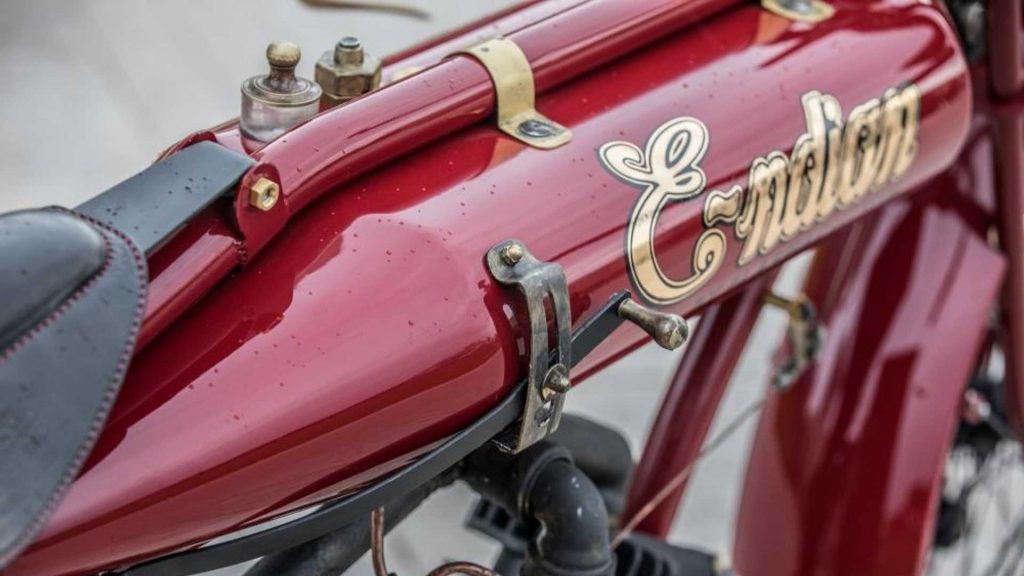
While the paint job is pretty fantastic, and the “E-ndian” on the tank gives it away, a casual glance might make you believe this bike is 100 or so years old. The owner and creator of this art piece is named Achilles; his shop is in Jesolo, Italy. His vision for this bike was not one of extreme performance, obviously. He set out to create a machine as art and he succeeded. It’s not an exact copy of the 1916 Indian since, as Achille says (translated roughly), “we did not want to pretend it was a real Indian Powerplus, and so we put the e-ndian on the tank and we redid the engine a bit differently, to put the worm in the head of the beholder.” I’ve never heard the saying before but it sounds very Italian and I love it.
This build will never win any speed records, and by all accounts it’s kind of frightening to ride, but from a purely aesthetic point of view it’s a real stunner. The attention to detail, like the painted-on oil drips on the engine, are real showstoppers.
Source: Motociclismo

